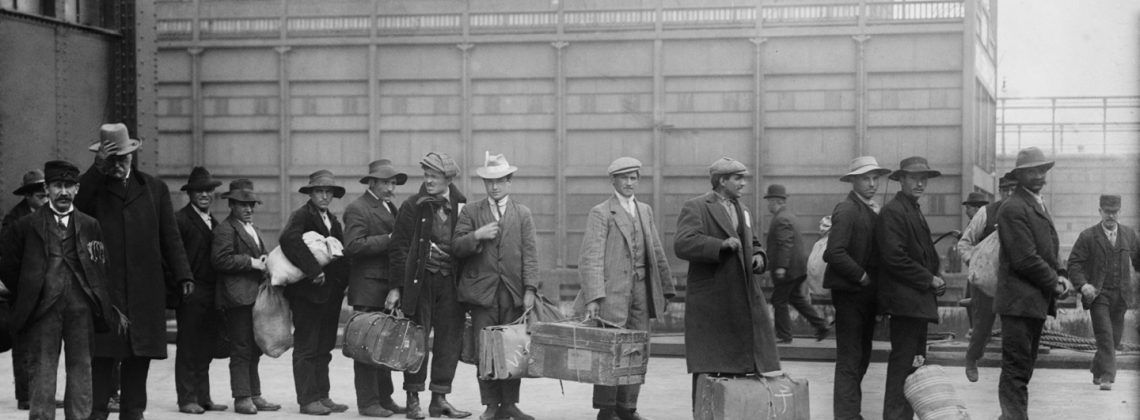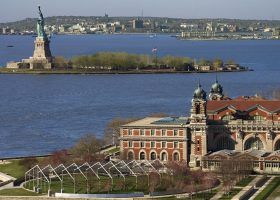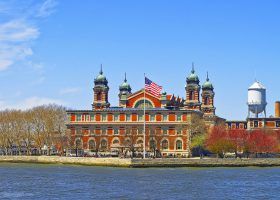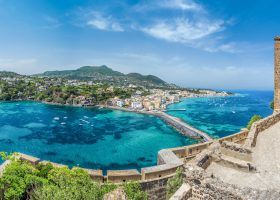No matter where they came from, every person who came to Ellis Island came for a better life. They had crossed an ocean, thousands of miles, some alone and some with their entire families. They came with what they could carry, and a dream that one day their children would not share the difficult life they had left. In this article, we explore the history of Ellis Island and the people who passed through there.
Pro Tip: Planning your trip to NYC? Bookmark this post in your browser so you can easily find it when you’re in the city. See our guide to New York City for more planning resources, our best NYC tours for a memorable trip, and the top things to do in NYC.
The Origins of Ellis Island
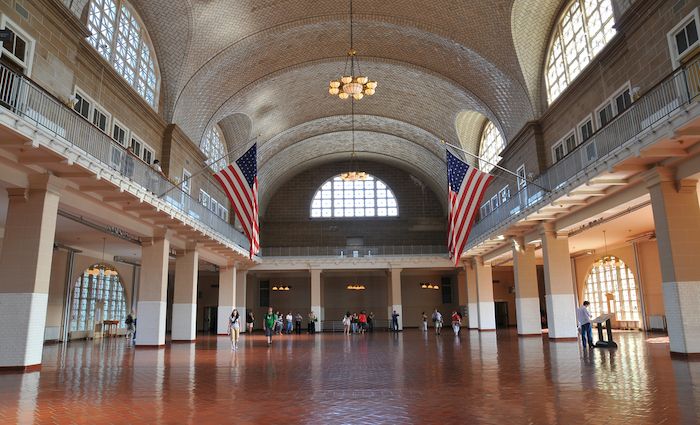
The first mention of what would become Ellis Island was in the late 17th century. Sir Edmund Andros, who was the English governor of New York at the time gifted the small island to Captain William Dyre. It was to be used as a fishing outpost off the coast of New York, particularly for oysters. In fact, the earliest records of the island refer to it only as a “little oyster island.”
The land would go fairly undeveloped for several years, though it gained the name “Anderson’s island” after a famous pirate executed there.
The island finally gained the name Ellis in 1774, when Samuel Ellis purchased the island. He built a tavern there, but it was not a fantastic investment. He even tried selling the island, but could not find a buyer.
Ellis ultimately bequeathed the island to his grandson before he died, but the child died in infancy and the island eventually came under the ownership of New York State, who acquired the island to build military fortifications. These fortifications were the first major structures to be built on the island. The island was even artificially expanded, with artificial banks of soils used to expand the territory.
Not ready to book a tour? Check out our New York City Guide for more resources.
Transition to Immigration

The Ellis Island that we know of today only came about in the last years of the 19th century. Public outcry surrounding the storage of explosive material on the island pressured the Navy to decrease its presence there.
This did not mean that the land had to go waste, however. In the very same law that forced the removal of the explosive material, Congress put aside $75,000 (about $2 million in today’s currency) to build immigration facilities on the island.
Finally in 1892, the US Immigration station at Ellis Island finally opened its doors. A young woman from Ireland named Annie Moore became the first immigrant welcomed there. By the end of the year, she would be followed by 400,000 more.
The Immigration Experience
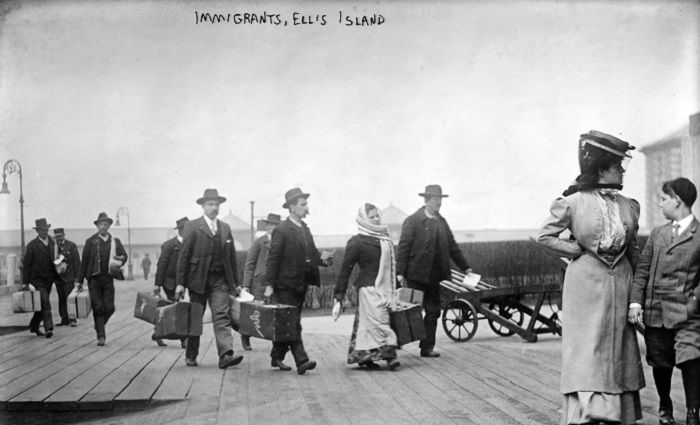
When Ellis Island began operation, the United States had a relatively lax immigration quote. Most people who met the qualifications for entry were allowed to immigrate, though there were some notable exceptions.
People entering the country had to pass a rigorous medical examination: two inspectors checked and double-checked every person entering. If they were found to have medical issues, they were marked with chalk to indicate their ailment. Plenty of people, however, wiped the chalk off.
Passing through the medical examination was rigorous, but did not guarantee entrance into the United States. Many were turned away for religious or political reasons, or if they simply did not have enough money to sustain themselves.
About 2% of those entering the island were deported, a tragedy that could rend entire families apart. Many of those who were sent back faced mortal persecution back home, and many did not return to try the immigration process again.
It was difficult and arduous, but for those who made it through the process it was the final step on an ocean-crossing journey. And the first step of a completely new life.
When Ellis Island Closed
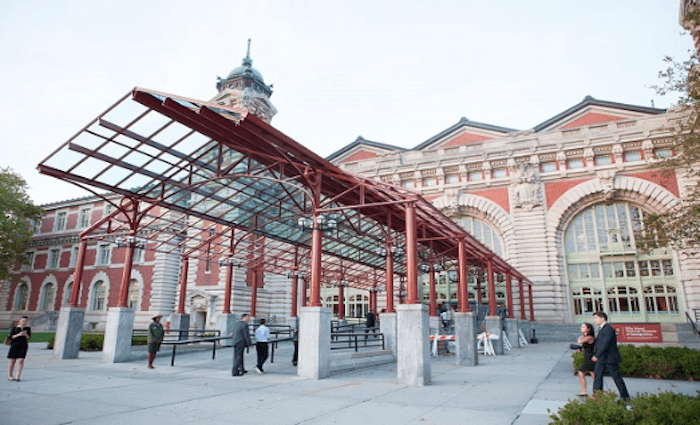
Ellis Island immigration peaked in the period between 1892 and 1924, though it continued to serve as a temporary detention center and hospital until 1954. Today, nearly 40% of all Americans can trace their heritage to an ancestor who passed through its gates.
Today the former immigration center serves as a popular museum and tourist attraction. Along with its sister island, Liberty Island, it is an enduring symbol of the challenges and opportunities of the United States of America.
Not ready to book a tour? Check out our New York City Guide for more resources.

Where To Stay in NYC
New York City is the center of the universe to those who adore this iconic city. Choose the best neighborhood to stay in as you plan your upcoming trip to the Big Apple.
